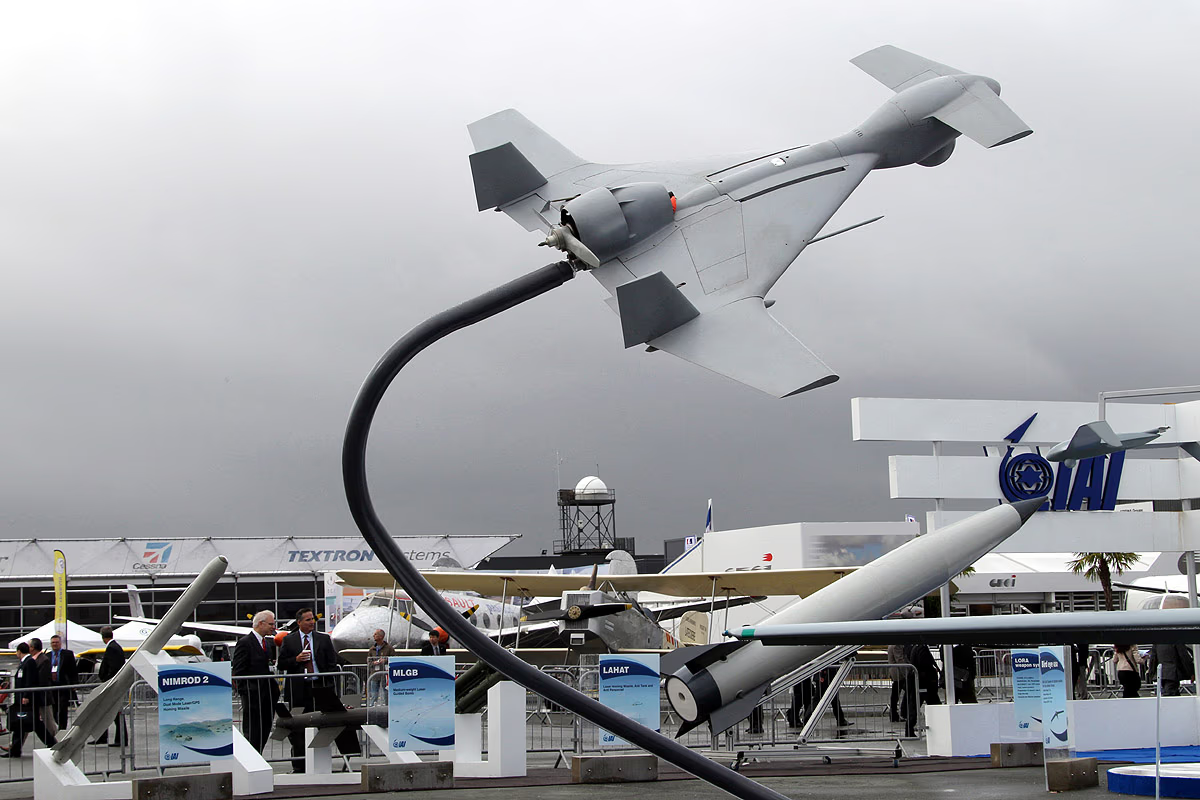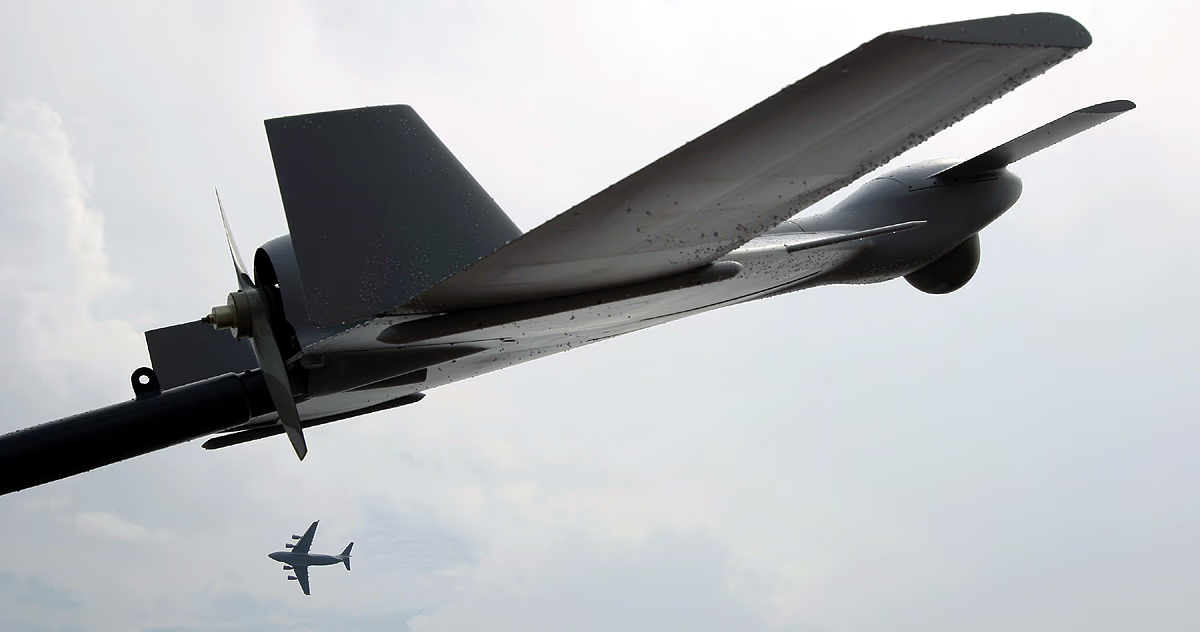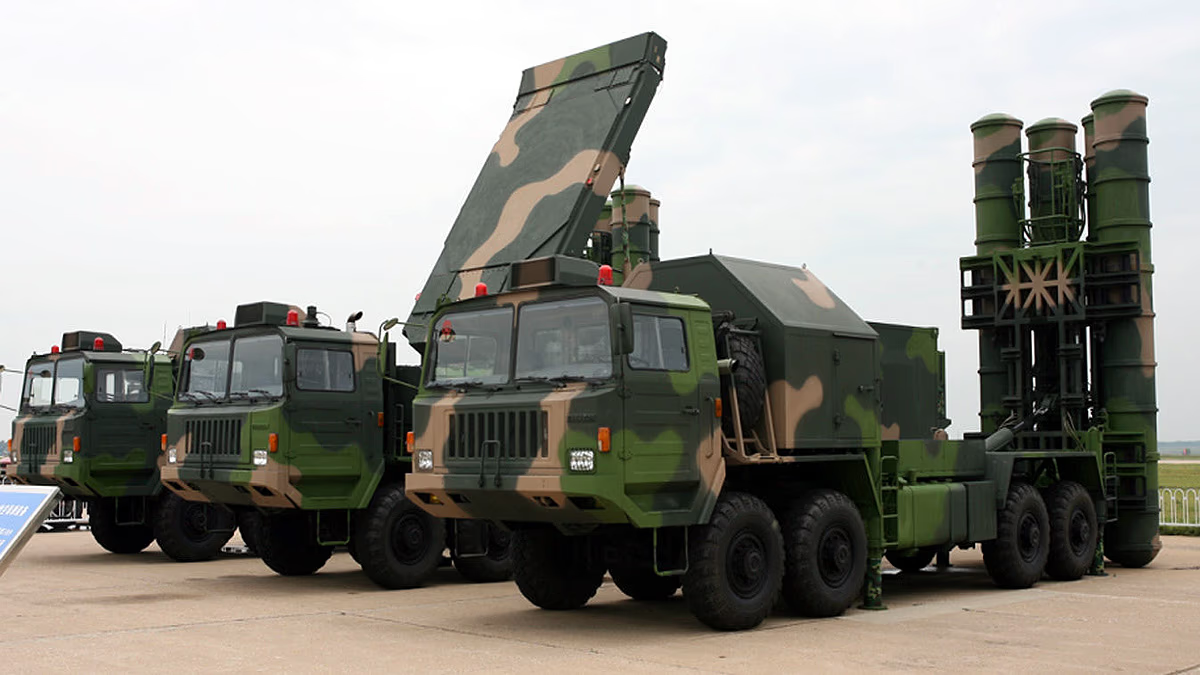On May 8, 2025, in Lahore, India delivered a strategic blow to Pakistan by targeting the HQ-9 air defense system with the same drone that Israel uses against its foes. The precision attack not only impaired Pakistan's defensive capabilities but positioned India as a formidable force in aerial strategy.
The HQ-9, a state-of-the-art long-range surface-to-air missile system crafted by China, is a pillar of Pakistan's air defense. The Harop drone's adeptness at obliterating targeted components with accuracy has incited substantial damage to Pakistan’s air defense framework, undermining Lahore's aerial security and challenging Pakistan's military strategy.
Spokesman Lieutenant General Ahmed Sharif from the Pakistani military acknowledged the injury of four soldiers amidst partial base damage. Yet, multiple social media posts on X suggest near-complete devastation of the HQ-9 missile launcher, rendering Lahore’s air defense exceedingly vulnerable.

Source: aajtak
Drone Utilized: Israeli Harop
Reports have confirmed that during this assault, India used the Israeli-made IAI Harop, a loitering munition blending the functions of a drone and a missile. Renowned for its extended flight range and loitering prowess over targets, this drone is engineered for precise assaults.
Key Features of Harop Drone
Range:
Capable of up to 1000 kilometers
Loitering Time:
Up to 6 hours
Weight:
Weighing 135 kilograms
Warhead:
23 kilograms of high-explosive fragmentation fury
Guidance:
Equipped with Electro-Optical/Infrared (EO/IR), radar-homing sensors, GPS/INS
Speed:
Maximum of 185 km/h
Launch Base:
Ground-based or from a canister

Source: aajtak
The Harop drone is known for its radar-evasive capacity, rendering it an ideal contender against enemy radars and defensive systems. Its precision targeting and autonomous operation make it exceptionally lethal for dynamic high-value targets, such as the HQ-9 air defense system.
About HQ-9 Air Defense
The HQ-9 (HongQi-9), procured by Pakistan from China to consolidate its air defense, stands parallel to Russia’s S-300 and the American Patriot missile systems.
HQ-9 Highlights
Reach:
Targets up to 200 kilometers
Targets:
Capable against fighter jets, cruise and ballistic missiles, drones
Radar:
Multiple-mode radar tracking up to 300 km
Missile:
180 kg high-explosive warhead missiles
Deployment:
Flexible mobile launchers for versatile positioning

Source: aajtak
The obliteration of the HQ-9 in Lahore signifies a colossal strategic setback for Pakistan, as it heightens the city's vulnerability to aerial onslaughts.
Significance of the Assault
The targeting of Lahore's HQ-9 battery with a Harop drone holds substantial strategic value...
Weakening Air Defense:
The destruction significantly gashes Lahore’s air defense, giving the Indian Air Force leverage in future operations.
Showcasing Precision:
The utilization of the Harop drone underscores India’s advanced technological prowess in precision warfare.
Psychological Outcome:
This incident profoundly impacts the morale of the Pakistani military and civilians alike, as emphasized by posts on X labeling it a “dire hit” to Pakistan's defense credibility.
Regional Tension:
The strike could potentially fan the flames of India-Pakistan tensions, especially in the wake of the April 22, 2025, Pahalgam terror attack and Operation Sindoor-1.
Operation Sindoor & Drone Assault Correlation
This attack is speculated to be a segment or extension of Operation Sindoor-1, during which India targeted nine terror sites within Pakistan and PoK on May 7, 2025, with precision weapons like HAMMER and SCALP.
Believed to be part of a broader strategic blueprint, this operation aims to debilitate Pakistan’s military capacities while targeting terror factions directed by leaders like Hafiz Saeed.
Pakistan's Response
Pledging retaliation, Pakistan reported downing 12 Indian drones, one of which allegedly launched an attack near a military base in Lahore. Military spokesman signaled repercussions, precipitating the suspension of flights at airports across Lahore, Karachi, Islamabad, and Sialkot.
Moreover, educational institutions in Punjab were briefly shut down, with Pakistani Prime Minister Shehbaz Sharif asserting their right to counter, escalating fears of a potential broad-scale conflict.
Other Potential Drones
While the Harop drone is the likeliest candidate, some insights suggest alternatives like the SkyStriker might have been viable. SkyStriker, another Israeli loitering munition in India’s arsenal, albeit with a shorter effective range (20-100 km), is less optimal against high-value assets like HQ-9, thus favoring the use of Harop.




